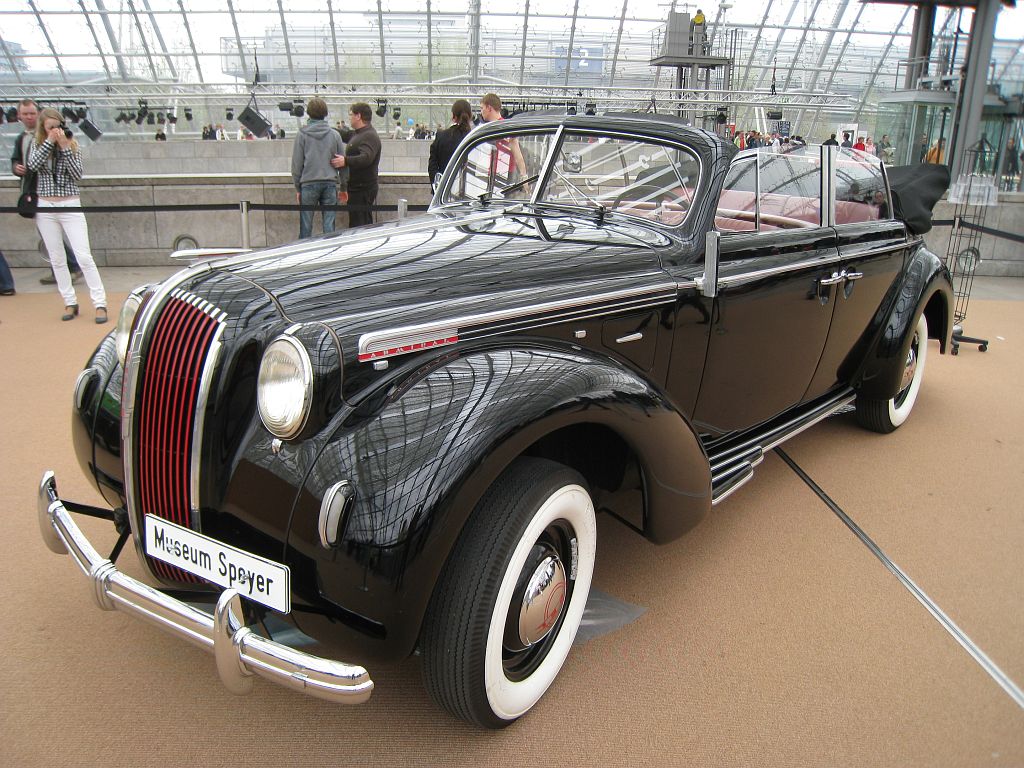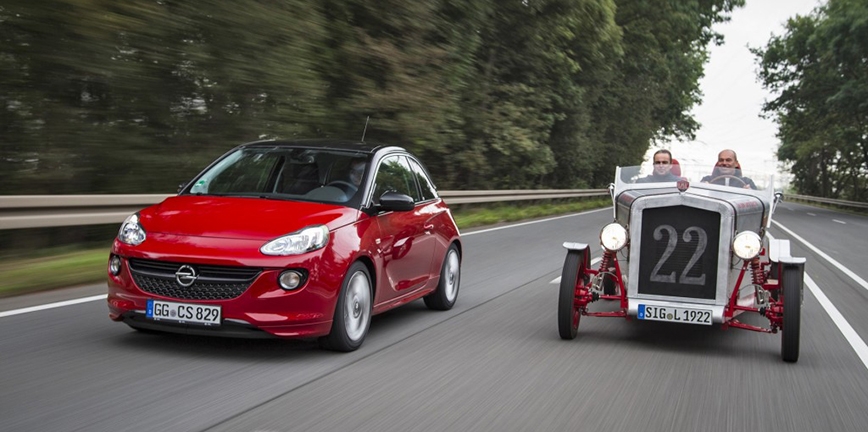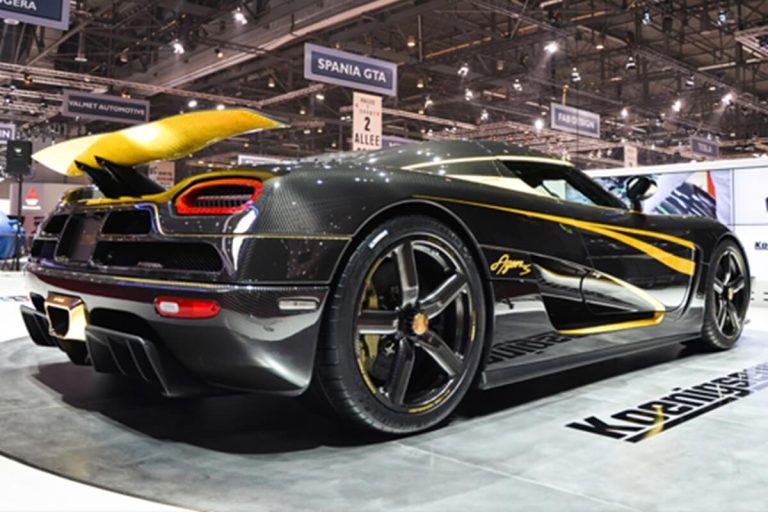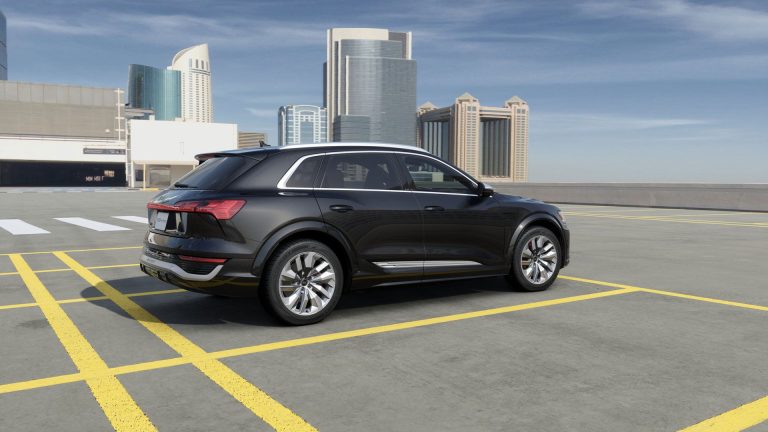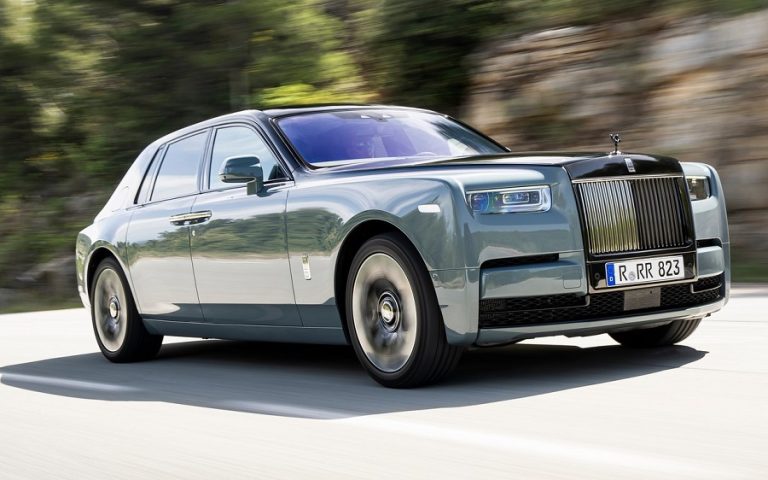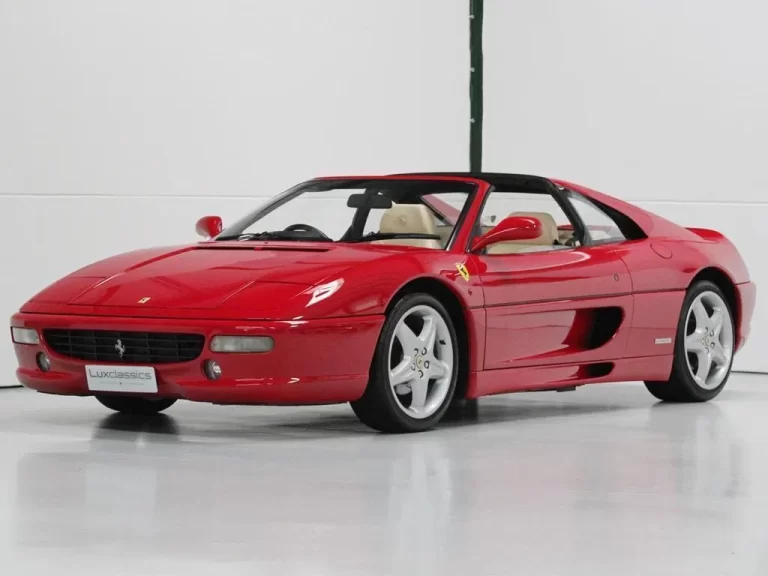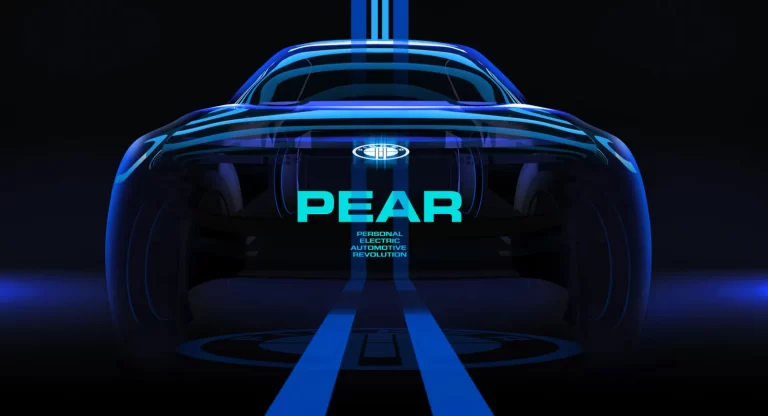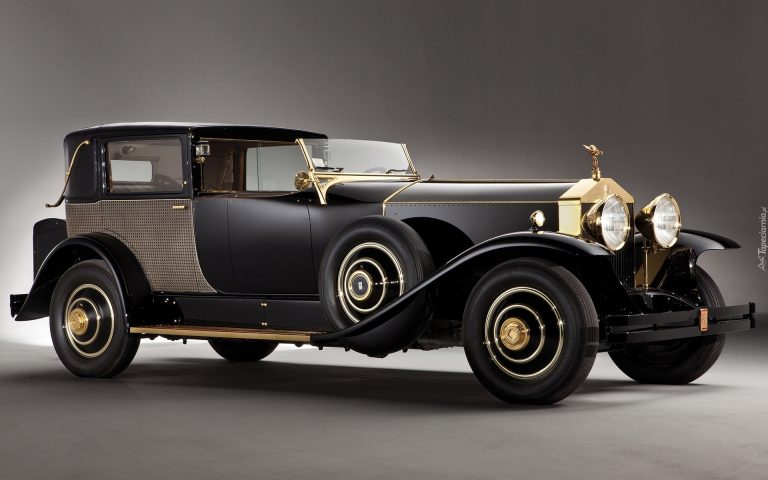Opel Car History
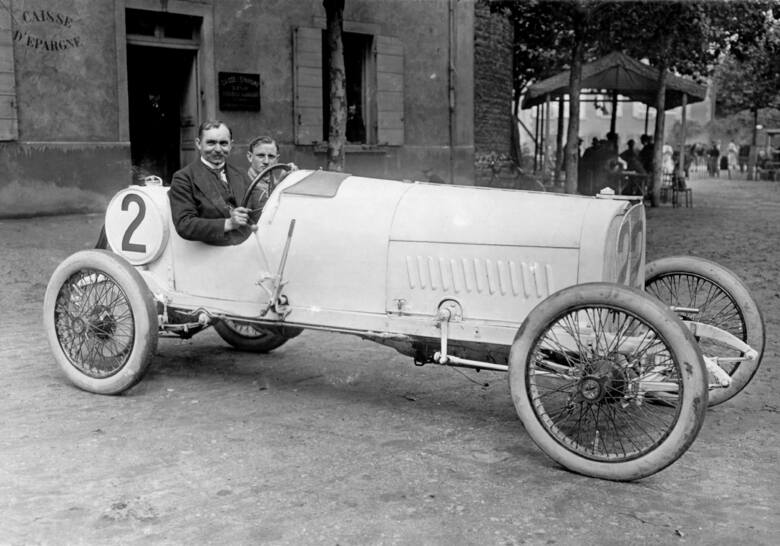
The Legacy of German Engineering and Innovation
Opel is one of the most historically significant automobile manufacturers in Europe, known for its reliable engineering, affordability, and technological advancements. With a history spanning over 160 years, Opel has played a crucial role in shaping the European automotive landscape.
But how did Opel evolve from a sewing machine manufacturer into a global car brand? What innovations has it contributed to the automotive industry? How has it performed financially in recent years? In this essay, we will explore Opel’s history, engineering achievements, financial performance, modern models, and its lasting influence on the automotive world.
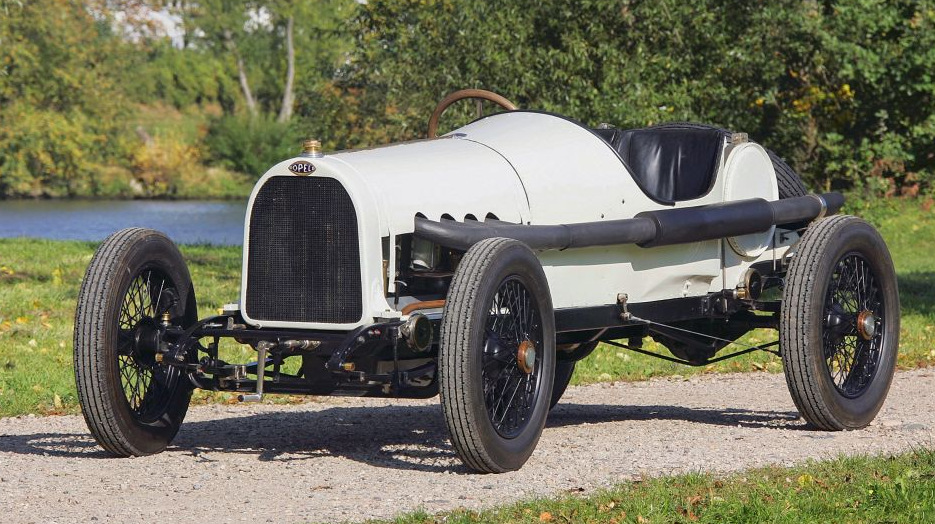
The History and Evolution of Opel
Founding and Early Years
Opel was founded in 1862 in Rüsselsheim, Germany, by Adam Opel. Initially, the company specialized in sewing machines and later expanded into bicycle manufacturing. It wasn’t until 1899 that Opel entered the automobile industry, producing its first car, the Opel Patent-Motorwagen System Lutzmann.
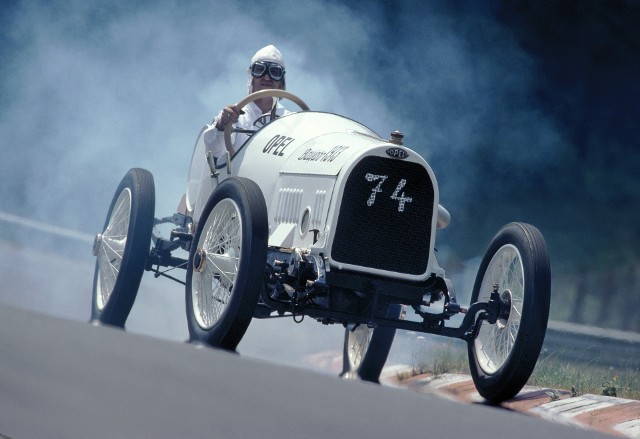
Growth and Pre-War Success
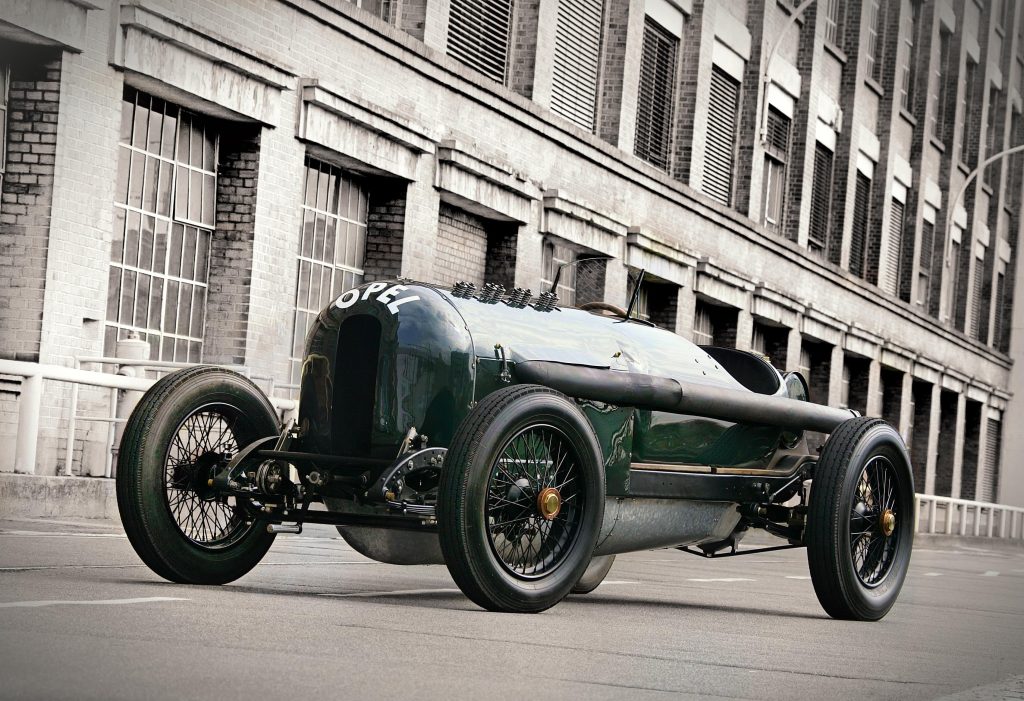
By the 1920s, Opel had become Germany’s largest car manufacturer. Notable milestones include:
- Opel 4 PS “Laubfrosch” (1924-1931) – Opel’s first mass-produced car, making automobiles affordable in Germany.
- Opel Olympia (1935-1940, 1947-1953) – The first mass-produced German car with an all-steel unibody, increasing safety and durability.
The GM Acquisition and Post-War Expansion
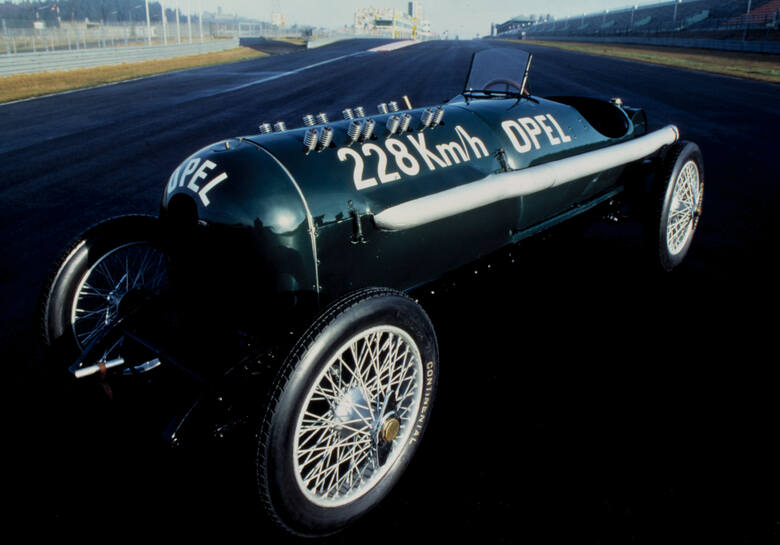
In 1929, Opel was acquired by General Motors (GM), which modernized the brand and expanded its global reach. During the post-war boom, Opel became a household name in Europe with models like:
- Opel Rekord (1953-1986) – A best-selling midsize family car.
- Opel Kadett (1962-1991) – Opel’s answer to the Volkswagen Beetle, offering affordable and practical mobility.
- Opel Manta (1970-1988) – A stylish sports coupe competing with the Ford Capri.
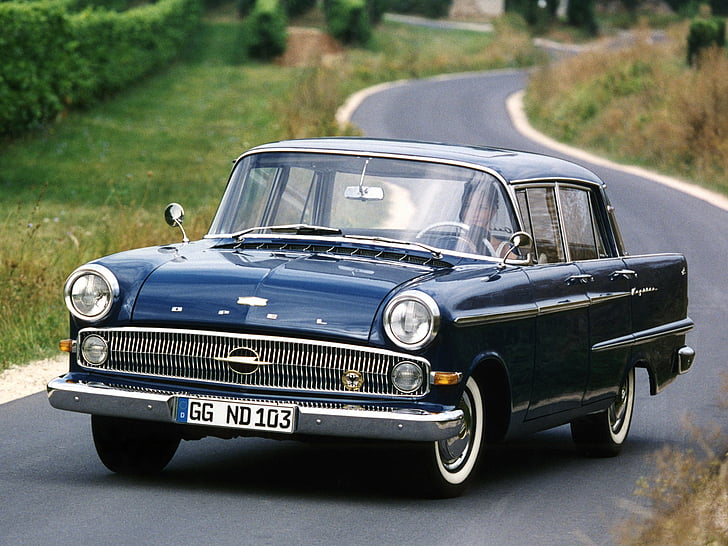
By the 1980s and 1990s, Opel had firmly established itself as one of Europe’s leading car manufacturers, producing popular models like the Opel Astra, Corsa, and Vectra.
The PSA Group and Stellantis Era
After decades under GM ownership, Opel struggled with profitability and outdated platforms. In 2017, Opel was sold to Groupe PSA (Peugeot-Citroën), marking a turning point. By 2021, PSA merged with Fiat Chrysler Automobiles (FCA) to form Stellantis, Opel’s current parent company.
Today, Opel is focused on electrification, efficiency, and advanced technology, entering a new era of German automotive engineering.
Technological Achievements and Innovations
Opel has been a pioneer in automotive innovation, introducing many industry-firsts, including:
- First German Car with a Monocoque Body (1935) – The Opel Olympia revolutionized car manufacturing with its lightweight and durable design.
- First European Car with a Catalytic Converter (1989) – The Opel Omega was among the first cars to introduce environmentally friendly exhaust systems.
- Adaptive Forward Lighting (2003) – Opel introduced dynamic headlights that adapt to road conditions, improving nighttime safety.
- FlexFix Bicycle Carrier (2007) – A unique integrated bicycle rack that slides out from the rear bumper.
- Ampera (2011) – One of Europe’s first plug-in hybrid cars, a technological sibling of the Chevrolet Volt.
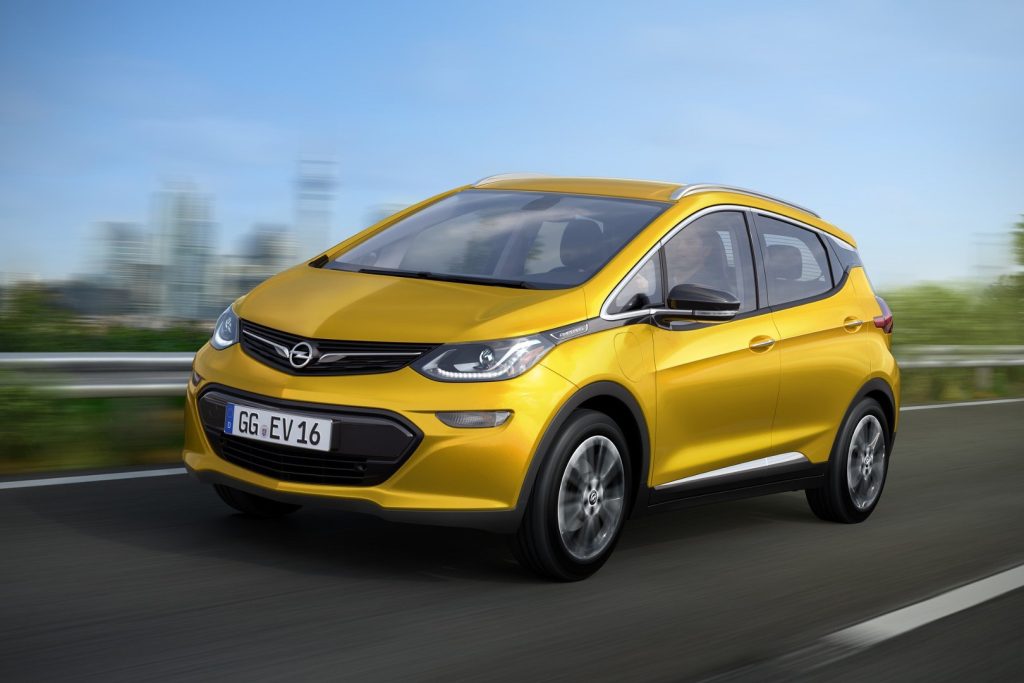
Opel continues to be a leader in electric mobility, developing zero-emission vehicles for the future.
Modern Models and Recent Launches
Recent Opel Model Debuts
Under Stellantis ownership, Opel has introduced several high-tech models:
- Opel Astra Electric (2023) – An all-electric version of Opel’s best-selling hatchback.
- Opel Corsa-e (2020-present) – A small electric city car with a range of over 350 km (217 miles).
- Opel Grandland Hybrid (2022) – A plug-in hybrid SUV competing with Volkswagen and Toyota.
- Opel Mokka-e (2021-present) – A stylish, fully electric compact crossover.
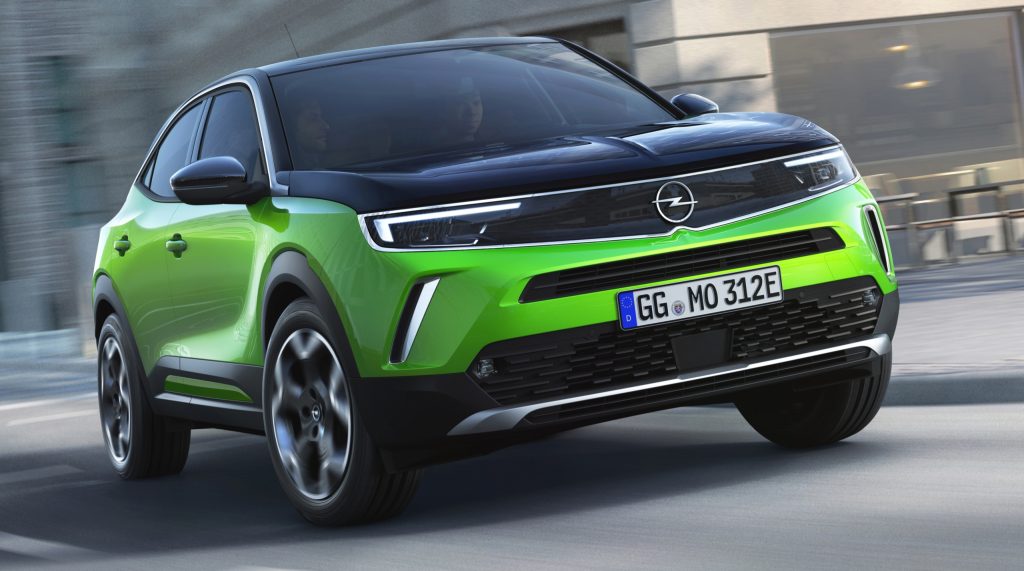
Opel’s transition to electric vehicles aligns with Stellantis’ goal of becoming carbon-neutral by 2038.
Financial Performance and Market Value
Opel has bounced back financially since its acquisition by PSA and later Stellantis:
- 2018: Opel reported a profit for the first time in nearly two decades, under PSA’s restructuring.
- 2020: Despite COVID-19 disruptions, Opel sold over 630,000 vehicles worldwide.
- 2023: Opel focused heavily on EV sales, with electrified models accounting for 35% of total sales.
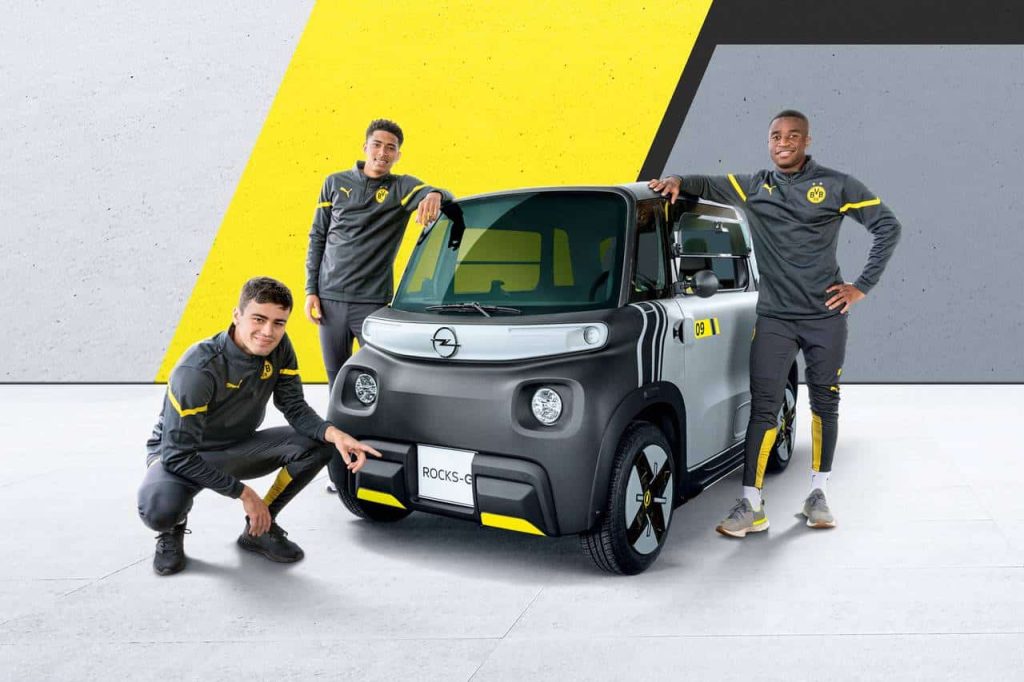
Opel remains a crucial part of Stellantis’ European strategy, contributing to the group’s overall annual revenue of over $200 billion.
The Most Expensive and Collectible Opel Models
Most Expensive Opel Cars
- Opel Ampera-e (2023) – $50,000+, a fully electric hatchback with cutting-edge technology.
- Opel Insignia GSi (2018-2022) – $45,000, a performance-oriented luxury sedan.
Classic Opel Collector Cars
- Opel GT (1968-1973) – Often called the “Baby Corvette,” this iconic sports car is valued at $50,000+.
- Opel Manta A (1970-1975) – A stylish and rare rear-wheel-drive coupe, worth $40,000+.
- Opel Kadett GSi (1984-1991) – A hot hatch from the 1980s, selling for $30,000+ among enthusiasts.
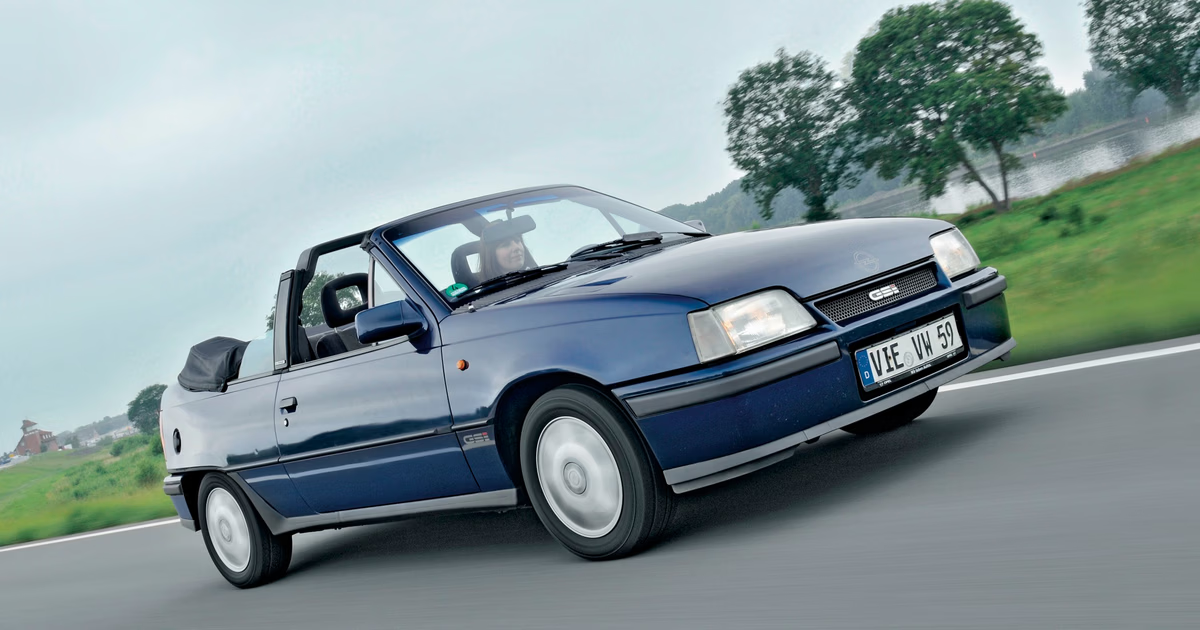
Classic Opel models are gaining value as interest in vintage European cars grows.
Famous Opel Owners
Opel has been popular among racing drivers, celebrities, and public figures throughout history. Some famous Opel enthusiasts include:
- Michael Schumacher – Owned an Opel Omega Evolution 500 in the 1990s.
- Walter Röhrl – The rally legend raced Opel models like the Ascona 400.
- Queen Beatrix of the Netherlands – Drove an Opel Diplomat during the 1970s.
- Jürgen Klopp – The football coach was a brand ambassador for Opel.
Opel’s strong motorsport heritage and European influence have made it a respected brand among professionals and enthusiasts.
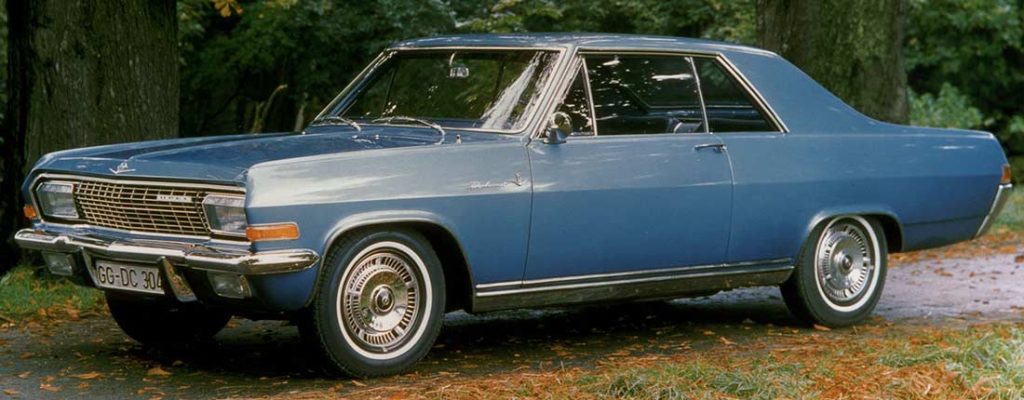
Conclusion
Opel is a symbol of German engineering, affordability, and innovation. From mass-producing cars in the 1920s to leading electric vehicle development today, Opel continues to evolve with the industry.
Under Stellantis ownership, Opel is poised for a strong future, focusing on sustainability, electrification, and cutting-edge technology. Whether in affordable family cars, high-performance vehicles, or groundbreaking EVs, Opel remains one of the most respected and enduring automotive brands in Europe.
